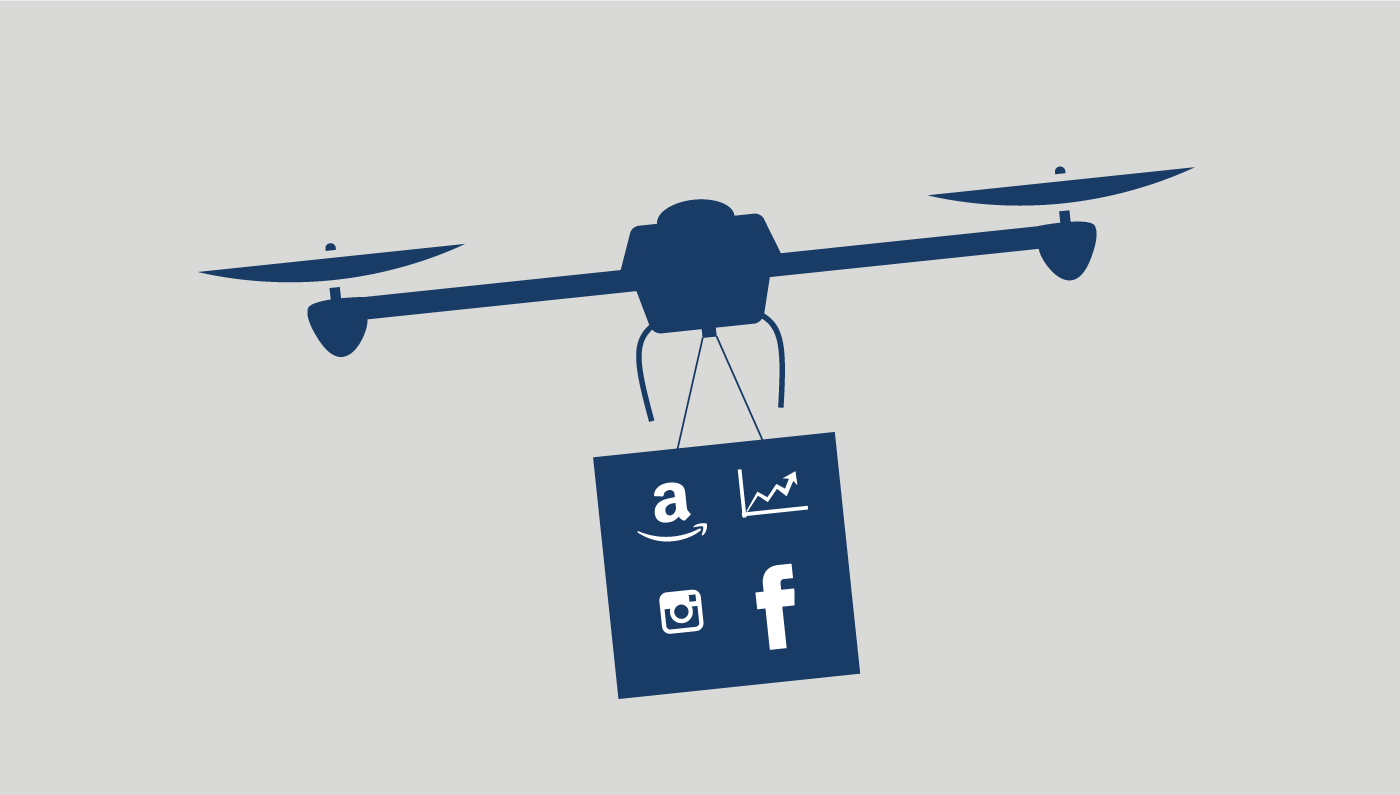For drones, 2015 was the best of times and the worst of times.
In the plus column, the little flying machines became ubiquitous across the country and around the world, resulting in some breathtaking visuals:
But then there were the mishaps. Drones ended up crashing the US Open (literally), flying into power lines, and even slicing into a pop star.
And then came regulations—or at least proposed regulations, which the FAA released in 2015—designed to increase safety and cut down on privacy concerns over drones. Though they aren’t official yet, the proposals are comprehensive, and could put a damper on start-ups looking to use drones for photography, mapping, or even deliveries.
Like any new technology, drones represent an equal amount of potential and pitfall. For many consumers, they are innovative, fun pieces of cutting-edge tech that grant them to access places they could never go and experiences they can’t have outside of a video game.
But for others, drones represent an annoying invasion of privacy and a potential public safety hazard.
So where does that leave drones as a marketing tool?
Let’s take a look at some companies that are using drones as part of an “everything is marketing” strategy. Not familiar with that term? Take a listen to our recent podcast that explores how even infrastructure is a marketing opportunity. As with a well-run train station or an advanced and reliable subway system, it’s the use of drones for real, tangible progress that seems to inspire consumers, rather than using them simply as a publicity stunt.
Using drones as part of a company strategy—to reinvent logistics, say, or to capture unprecedented views of land or real estate—is often a form of passive marketing, showing how a company is inventive and resourceful in harnessing emerging technology. But using drones as a short-lived marketing gimmick—that’s neither inventive or interesting.
How are drones being used well?
Reinventing the future of deliveries: We’ve talked about Amazon’s burgeoning drone delivery service here before, but it’s not the only drone delivery game in town. Other companies have gotten in on the bandwagon, testing out prototypes that ally their brand with some cutting-edge tech. From Silicon Valley giants (see Google’s patented delivery system) to logistics kings (delivery truck manufacturer Workhorse’s HorseFly system) to brands less associated with technology (Domino’s Pizza’s “DomiCopter”), delivery drones have given some companies a boost of innovation.
Capturing the shot where humans can’t: The Olympics is already one of the world’s most popular and heavily watched sporting events, sitting high in the rankings alongside soccer’s World Cup for sheer popularity and relevance. But broadcasters upped the ante during the 2014 Winter Olympics in Sochi, Russia, using drones to capture angles no human camera operator could ever cover. Drones have also been used to film difficult-to-access sporting events like surfing competitions and even golf tournaments—treating audiences to never-before-seen angles and improving TV networks’ credibility as technological leaders.
Mapping a construction site in real time: It might sound mundane, but one of the fastest growing uses of drones is in mapping and geographical information, where everyone from engineering firms to general contractors can benefit from a crystal-clear snapshot of work in progress. And it’s also a good example of marketing at work: as technology becomes more advanced, it also becomes more specialized. Companies like Skycatch help bridge the gap through a simple premise: as Skycatch says, companies “build better with drone data.” It’s another example of an innovative technology that offers a tangible benefit, not simply an empty platitude or a one-time marketing gimmick.
It’s hard to know where the drone market is heading, especially with possibly restrictive federal regulations on the horizon. But from a marketing standpoint, it’s clear that the companies that are benefitting the most from drones aren’t using them as a mascot or a flying billboard. They’re harnessing their power to create real solutions, and winning over customers in the process.

